I spent a week in Puerto Rico and walked away feeling hopeful
San Juan, Puerto Rico
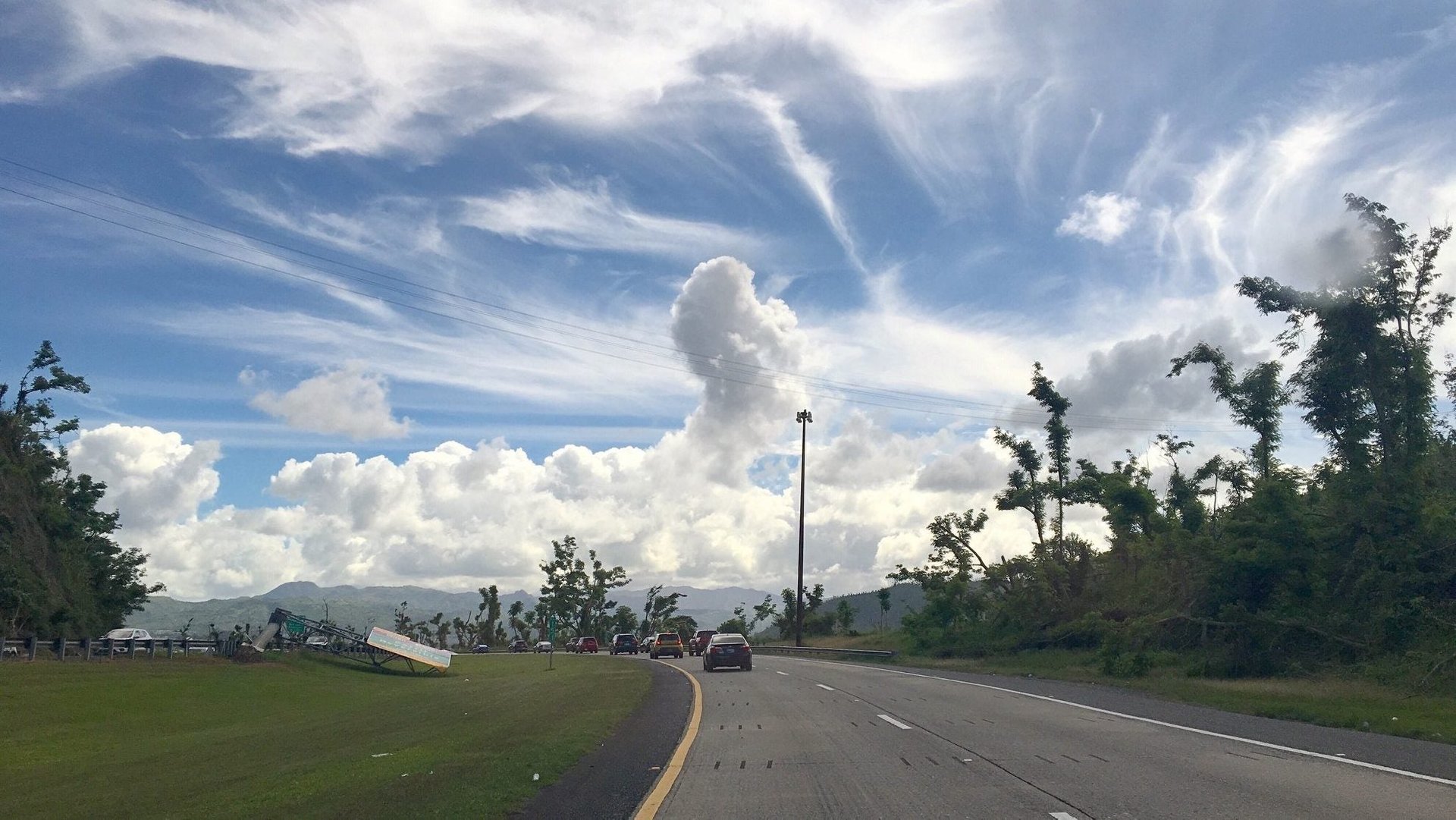

San Juan, Puerto Rico
It’s easy to write off Puerto Rico as an utter disaster, both natural and manmade. Hurricane Maria, which blew in at 155 miles per hour on Sept. 20, caused more than $90 billion in damage, according to estimates by local officials. That was on top of a decade-long recession that had already decimated the local economy and driven more than 400,000 (Spanish) Puerto Ricans out of the island.
Two months after the storm, more than half of the island remains without power and debris is yet to be collected in some places.
But what jumped out to me during a recent trip was what still stands. The Caribbean is the same gorgeous turquoise hue. The island remains covered in tropical lushness—even trees maimed by Maria are now putting out green shoots.
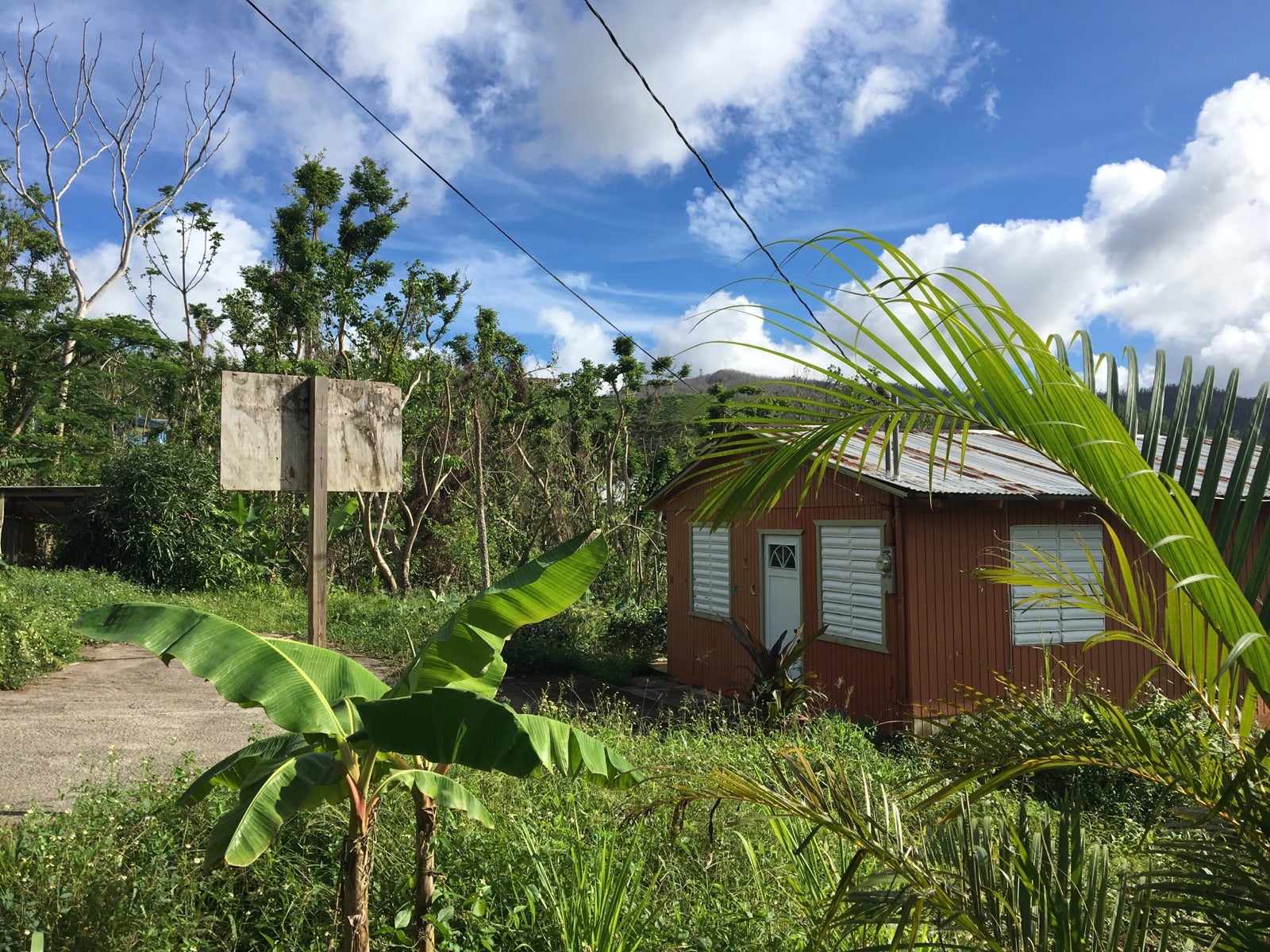
The same can be said of Puerto Ricans. Everywhere I went, I saw people pushing through Maria’s pall with determination—and surprisingly good humor. The bar owner who’s operating at a loss so his customers have a place to drink a cold beer; the university student who somehow, amid spotty to inexistent phone service, is tracking down senior citizens to hand-deliver water filters; the butcher who crosses a river on a self-fabricated zip line to get to work everyday.
I was in Puerto Rico for six days, and I visited only a handful of municipalities, so what I have are anecdotes, not hard statistics. It’s tough to tell to what extent the pluck I witnessed will turn up in Puerto Rico’s gross domestic product or job figures a few months from now. Still, it shouldn’t be discounted either. Puerto Ricans’ stubborn resilience is as important as the slew of bad news that many reporters—including myself—have been focusing on for the past two months.
Those who stay
While record numbers of Puerto Ricans are ditching the island in the wake of the hurricane, many are clinging to it ferociously. No one would blame Iván Sotomayor for buying a plane ticket out of his tiny rural community, which was isolated after Maria destroyed the road that led to it. Instead, his family built a zip line out of a shipping pallet and $300’s worth of hardware store supplies.
Zipping across the river is just one leg of Sotomayor’s daily trek to his job as a supermarket butcher. He also has to climb down a hill, and then coast down another on a bicycle.
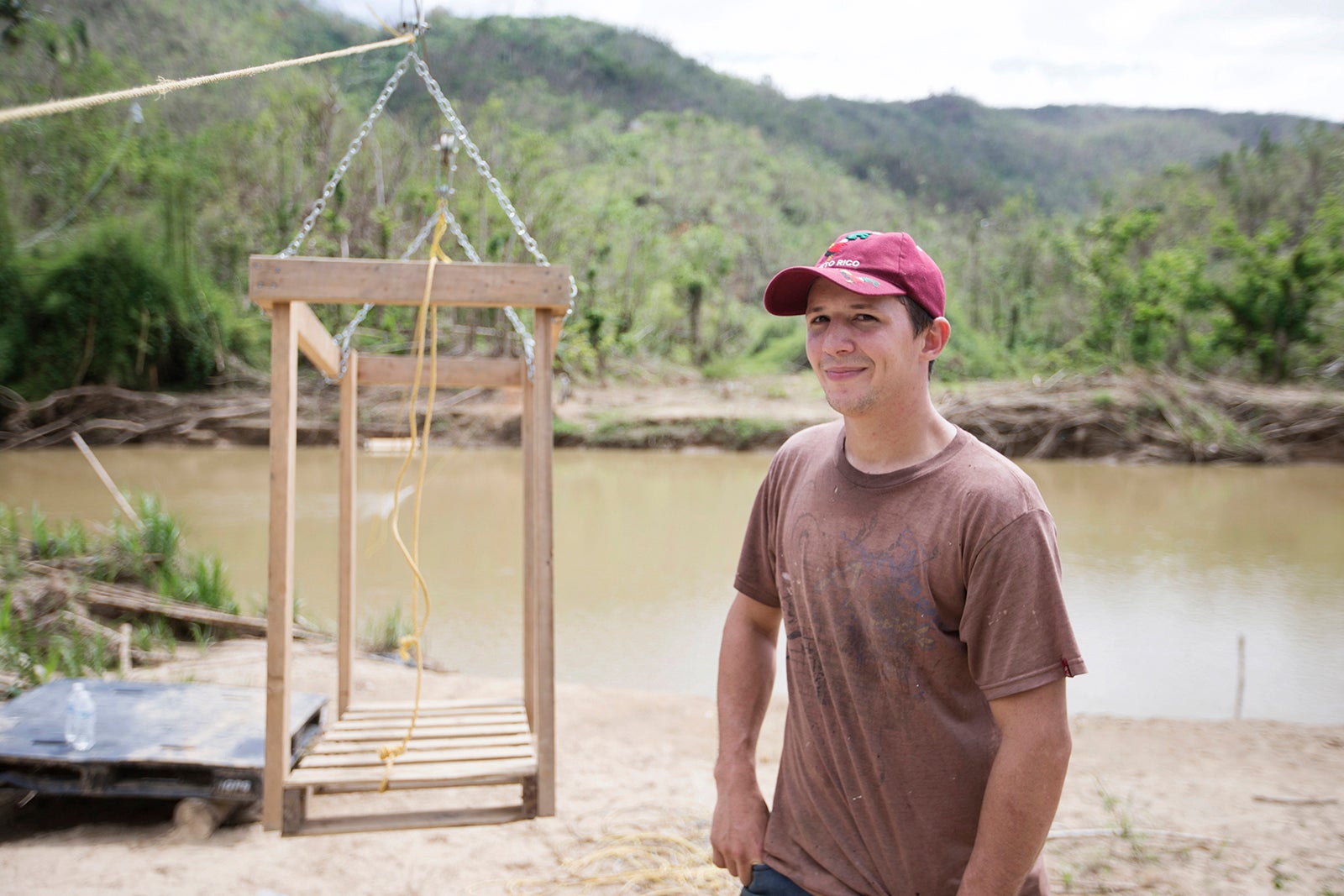
Sotomayor makes the return trip in the dark, after the end of his shift at 11 pm. In his downtime, he’s helping his father build a hydroelectric turbine out of the interior of a washing machine.
“We like our way of life. We want to stay here,” he said.
Official flurry
Official responses to Maria, both at the federal and local level, have been criticized as slow and inept, not without reason. But I also found examples of the opposite on a recent Sunday in Utuado, a municipality heavily hit by Maria. Angel Pérez, a regional director for the Puerto Rico Emergency Management Agency, was coordinating a flurry of recovery activity from a trailer in the parking lot of his hurricane-damaged office.
Members of the US corps of engineers were assessing downed bridges; national guardsmen were cleaning roads; public utility workers were repairing broken electric lines; there was even a border patrol agent lugging supplies for stranded families.
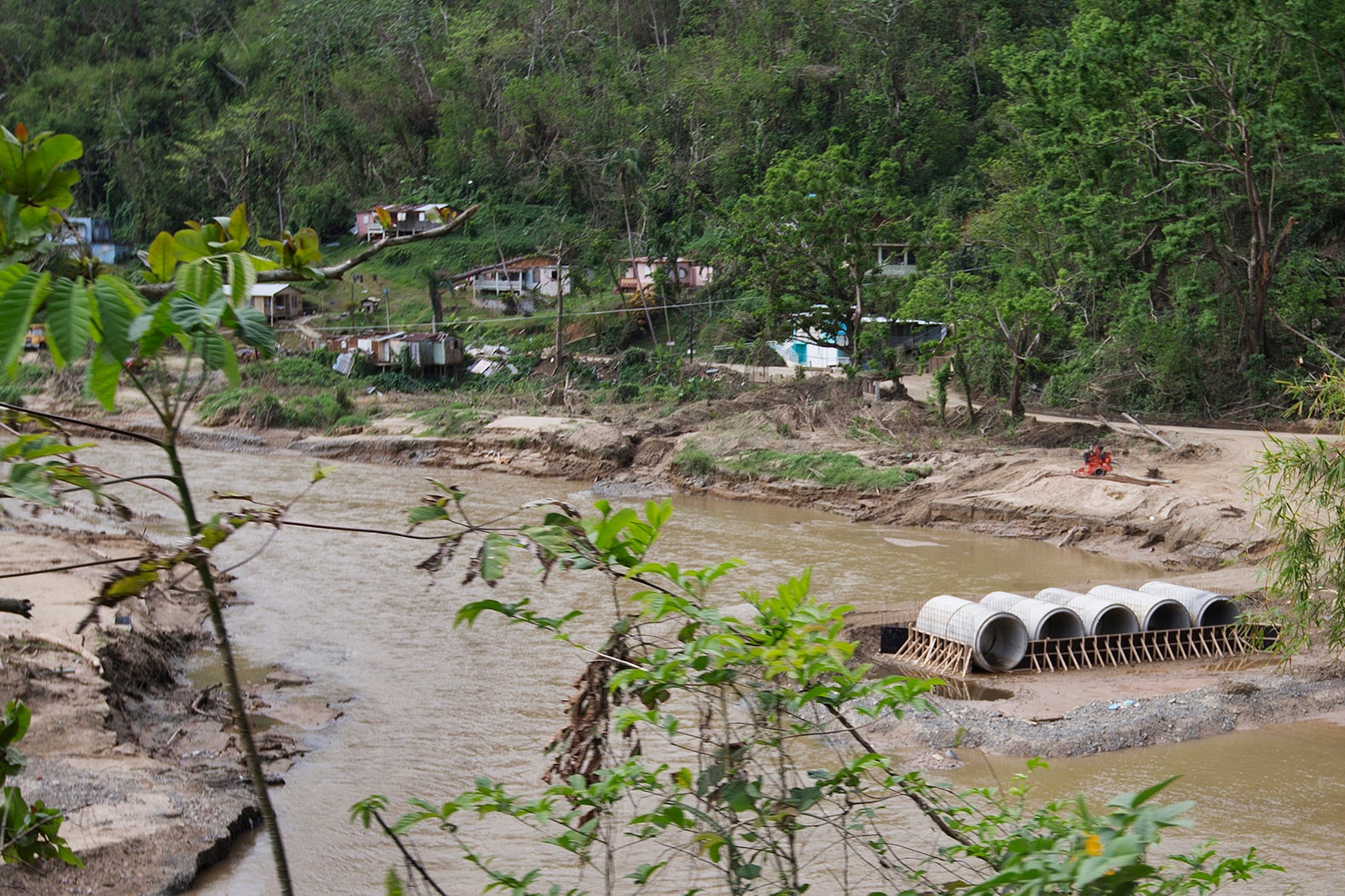
Along with the vast hurricane damage, Pérez has been dealing with its human fallout. That includes tasks such as sleuthing the whereabouts of the son of an elderly man who can no longer live on his own after the storm. Pérez finally found him in Texas, though the son said he wouldn’t be able to collect his dad for several weeks. In the meantime, it’s Pérez’s agency that’s keeping an eye on him.
Pérez, who had a bad cold and a son in the hospital he had not yet visited, did not sugarcoat the scope of the catastrophe, or offer any optimistic deadlines for recovery. “Maria changed the destiny of all Puerto Ricans in an instant,” he said.
Joy in the blackout
The trauma of the apocalyptic days after Maria is still fresh. Mention the storm’s name to a Puerto Rican who endured it, and you will get a detailed account of the harrowing experience. But the next second they might show you the latest hurricane-related meme. A local favorite: A line of electric utility trucks reading “Puerto Rican porn.”
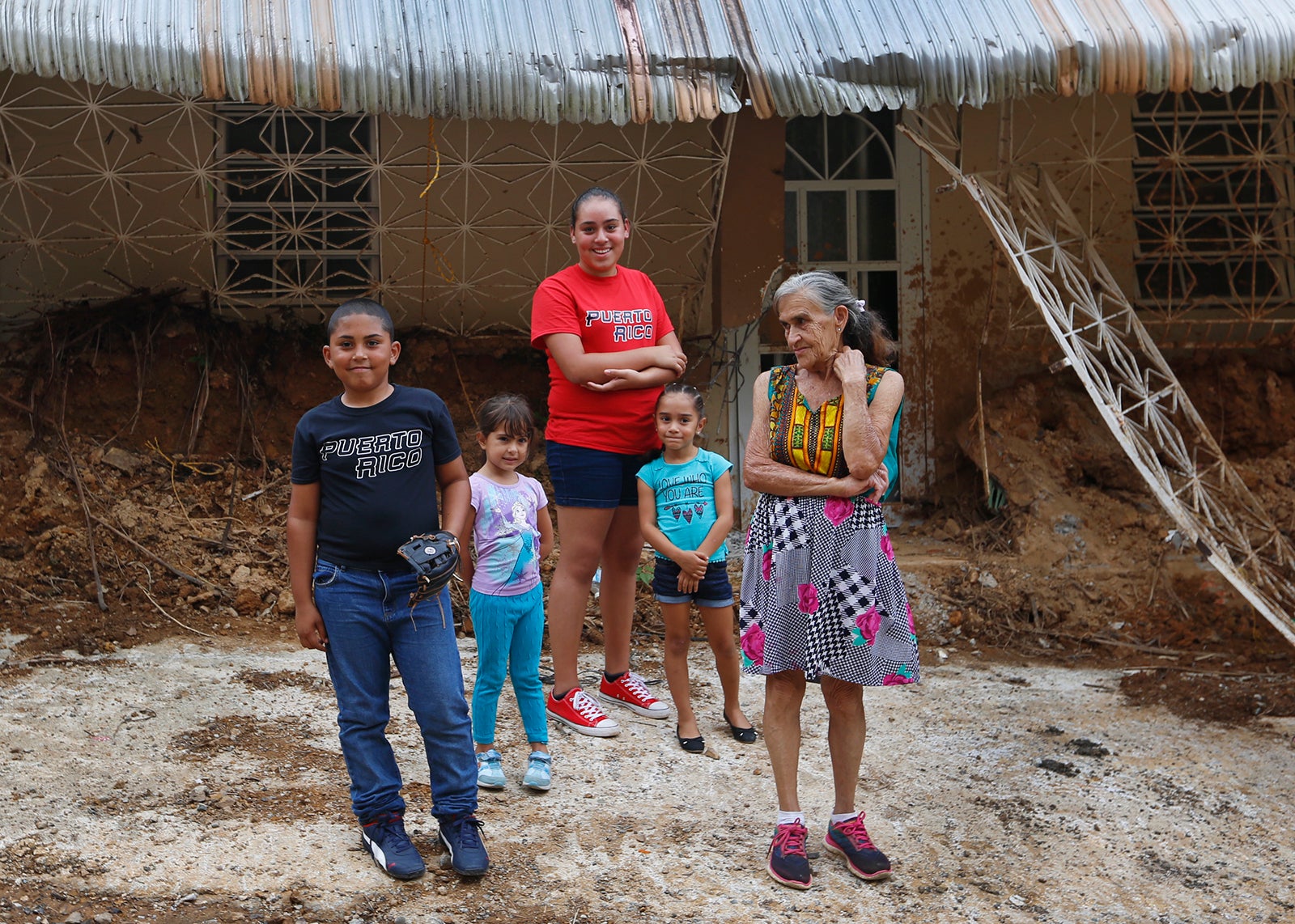
The party goes on, with or without grid power. At the Old San Juan hotel where I stayed, the only lit doorway for blocks, guests and locals gathered every night around a grill set up in the street. They ate hotdogs and ribs, and drank miraculously cold beer.
For Halloween, some donned scary face paint, courtesy of the owner. In between the sweaty logistics of keeping the generator-powered lights on, he had the foresight to get a make-up artist for the kids, and kids at heart.
A future
Of course, you can’t run a successful economy on diesel generators or high spirits. The pre-Maria problems were not washed away by the storm either. Puerto Rico is still $74 billion in debt.
Nevertheless, many Puerto Ricans are doubling their bets on their island’s future post-Maria.
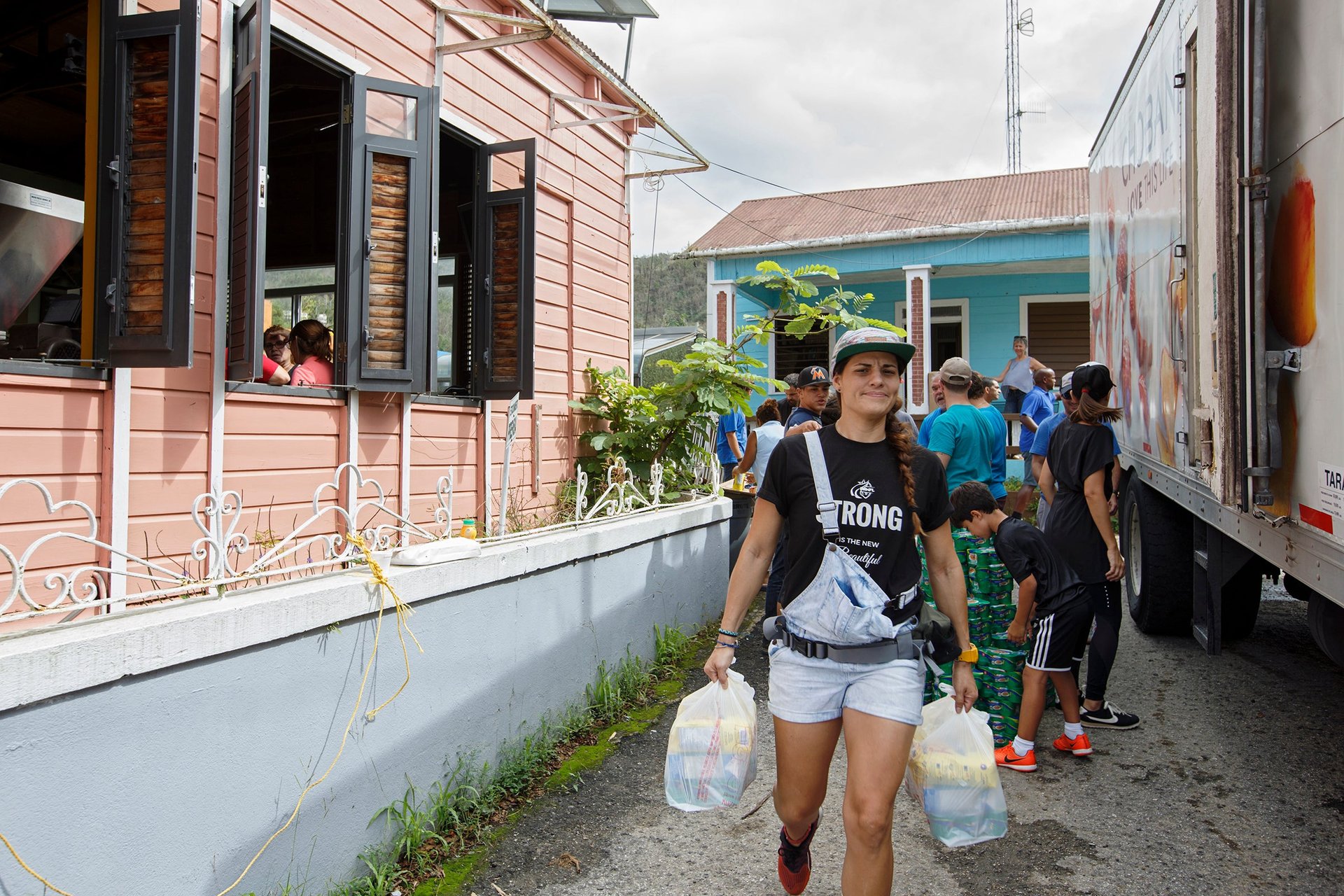
Natalia Arcila, a 24 year-old biology student, had planned to study abroad after getting her bachelor’s degree. She was about to start her last semester when Maria swept through.
She’s taking her last classes outdoors and without a computer, but she’s decided to stay. For now, aside from going to school, she’s working with a local non-profit, Foundation for Puerto Rico, to distribute water filters. Once she graduates, she wants to help restore Maria’s environmental damage, and protect Puerto Rico from the hurricanes that will surely follow.
“This island is a paradise,” she says. Even in its current disheveled state, I have to agree.